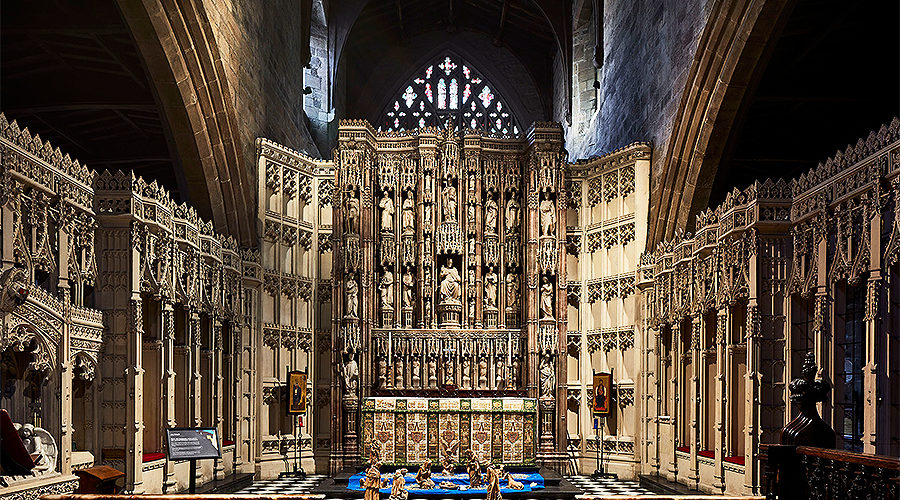Lighting control systems are often the unacknowledged ingredient that brings a scene to life – from theatre stages to spectacular art galleries or intimate restaurants. Great lighting not only enhances the aesthetics but contributes to energy efficiency and user comfort, says James Davison, Associate, Specialist Lighting at TGA Consulting Engineers.
TGA Consulting Engineers
If you are looking for more sustainable and efficient lighting solutions, you should consider Bluetooth-enabled lighting. Bluetooth is a way of exchanging data wirelessly over short distances using a radio frequency to transmit data – it creates a short-range network. Operating on a frequency set aside by international agreement, it is extremely secure and Bluetooth devices can communicate through walls and other obstacles.
Here are some big benefits of smart lighting:
1. Energy saving
Lighting is a significant source of energy consumption, accounting for almost 40% of all energy used in public buildings. With a lighting control system, you can save up to one third of the energy used by traditional lighting.
2. Smart lighting can deter crime and prevent accidents
Smart lighting can increase the brightness and visibility in dark or isolated places, such as alleys, parks and parking areas where criminal activities are more likely to occur. It can also dim or turn off lights in areas where there is no activity.
3. It can foster social interaction and inclusion
Smart lighting can have a huge impact on the ambience of public places such as squares, bridges or monuments, while supporting the needs of the elderly or disabled with customised and accessible lighting options.
4. Lighting can be programmed and automated
Smart lighting is particularly effective where lighting requirements are not constant, such as in buildings that are used sporadically. Here, fittings with motion or presence/absence detection sensors can be integrated to avoid energy wastage.
5. Accurate control in minute detail
Using a smartphone app, lights can be turned on or off, dimmed to the desired level, or set to turn on and off at specific times from anywhere in the world.
6. It’s well suited to listed buildings
Controlled via wall-mounted wireless switches or scene plates, as there is no requirement for hardwiring, Bluetooth works particularly well within listed and/or heritage buildings where walls cannot be chased out to obscure cabling from view.
7. Smart lighting offers health and wellbeing benefits to staff and other building users
By mimicking the pattern of natural lighting indoors, wireless lighting can be used to enhance circadian rhythms resulting in improved focus and productivity during the day and fewer sleep disturbances at night, which is especially useful within healthcare settings.
8. It is easy to fit and install
Bluetooth-enabled systems are hosted on the cloud so businesses can transition to smart lighting without significant downtime, making it an ideal option for a wide range of settings. Wireless lighting schemes are also incredibly easy to use and operate, being controlled via traditional switches, remote control, app, voice or by using a home ecosystem.









